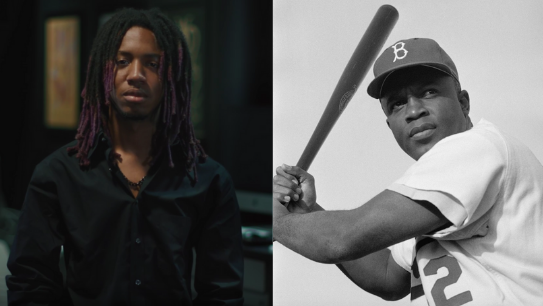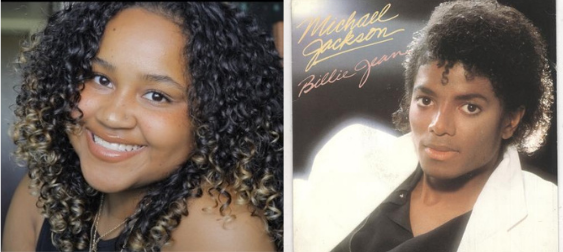Ever since February 1969, the United States has celebrated Black History Month to commemorate the triumphs and hardships of Black Americans throughout time. It is a time of reflection, learning and honoring individuals—and events—that often get left out of discussions in history classes.
Honoring prominent figures in Black history is an important part of the month’s celebrations. Three Jacksonville University students were asked to share about their favorite figures in Black history.

“A figure that I look up to in Black history is Jackie Robinson,” says Jacorie Johnson, a senior from Jacksonville, Florida majoring in graphic design and minoring in illustration.
Jackie Robinson was the first Black man to play Major League Baseball in 1947 for the Brooklyn Dodgers.
“I’m not even much of a huge baseball fan myself,” says Johnson, “but I find him to be really inspiring, as he was a spark for a change that America needed as a country. For him to be the first Black man to be successful in major league baseball, that’s big for him and that’s also big for the Black community because it kind of shows that, ‘Hey, we can do the same things that these other people are doing,’ [and that] we don’t have to be in the background.”

Victoria Nwaneri, a senior who was born in Nigeria but raised in Atlanta, Georgia and is majoring in biological sciences and minoring in sports business. She’s also president of the Black Student Union.
“My favorite person [from Black history] is Ruby Bridges, who was a civil rights activist,” Nwaneri said. “She was the first person to integrate an all-white school, so she kind of set the foundation for us Black students to attend American schools all [across the country].”
At age 6, Ruby Bridges began attending William Frantz Elementary School in Louisiana after passing the entrance exams that had been implemented to ensure that prospective Black students had an educational background on par with that of the students from the previously all-white school. Bridges was accompanied by four federal marshals every day as she walked to school, enduring hostile white protestors as they heckled and threatened her.

Amaya Wright, a junior from Brooklyn, New York who is majoring in communication and minoring in health science and sports communication, says, “My most inspiring figure from Black history is a little different than normal, but it’s Michael Jackson.”
Michael Jackson was a famous musician who got his start singing in the Jackson 5 family band in 1964 when he was only 8 years old. Later, he became a solo artist well known for his songs such as “Thriller,” “Billie Jean,” and “Beat It.”
“I absolutely love Michael Jackson,” says Wright. “I’ve loved him since I was little.”
Wright says his passion of music inspired her, because he stayed dedicated to doing what he loved, despite his hardships.
“He was always very much himself and I admire that,” Wright said. “I admire that. I was so young at the time, but I remember when he died; I remember what I was doing. I was so distraught. I’ve always had a Michael Jackson poster or something in my room. I absolutely love him—he’s my absolute favorite.”
Black History Month is celebrated in February because its founder, Carter G. Woodson, recognized that both Frederick Douglass, a prominent orator, abolitionist and former enslaved person from the 19th century, and Abraham Lincoln, the 16th president of the United States, who issued the Emancipation Proclamation in 1862, which declared all enslaved Americans to be free, shared a birthday week during that month.
What began as a week-long celebration encouraging education on Black history in public schools in 1926 eventually evolved into the month-long event it is today.
Without civil rights leaders advocating for its establishment in the 1960s, Black History Month might never have been declared an officially recognized, nationwide event in 1976 by President Gerald Ford.


